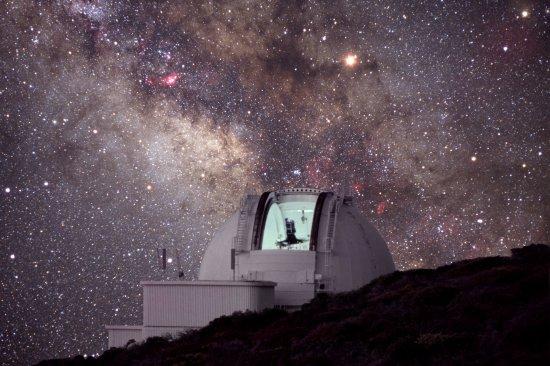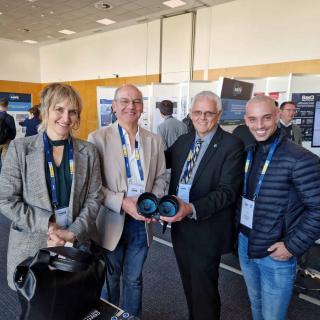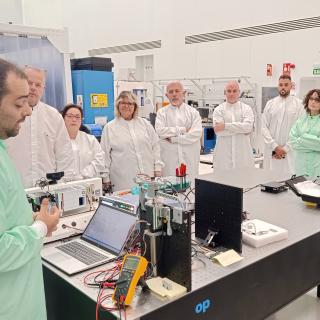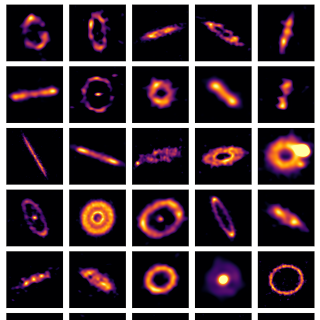A team of scientists participating in the European Near Earth Asteroid Research programme (EURONEAR) discovered, in 2014, using the Isaac Newton Telescope at the Roque de los Muchachos Observatory on the Island of La Palma, 5 asteroids near to the Earth, which are the first to be discovered from this Observatory, which belongs to the Astrophysics Institute of the Canaries (IAC). One of these objects, which has been named 2014 OL339 is the fourth known quasi-satellite of our planet, an asteroid which is in an orbit which resonates with that of the Earth, completing an orbit around the sun in the same time as the Earth does. These results, have just been published in an article in the scientific journal Monthly Notices of the Royal Astronomical Society (MNRAS: the Oxford University Press) with researchers at the IAC as co-authors.
The EURONEAR programme was set in motion in 2006 with the aim of studying those asteroids which are near to the Earth (NEA's, the acronym from Near Earth Asteroids) and in particular those which are potentially dangerous, those whose orbits intersect the Earth´s orbit, giving rise to a degree of risk of a collision. The programme uses a network of 20 telescopes distributed around the world, among which are the INT and the WHT (William Herschel Telescope) both belonging to the Isaac Newton Group of Telescopes (ING) and sited in the Roque de los Muchachos Observatory on the Canary Island of La Palma.
At the present time more than 12,000 NEA's are known, the majority discovered in large survey programmes led by institutions in the USA, and it is estimated that there should be another 10,000 with sizes bigger than 100 metres which have not yet been detected. It is very important to determine the orbits and sizes of these asteroids as accurately as possible, so as to identify which of them might collide with the Earth, when this might happen, and the consequences of such a collision.
Collaboration with students and amateur astronomers
"EURONEAR is the first European project whose aim is to contribute to research into NEA's" explains Ovidiu Vaduvesco, the originator of EURONEAR, astronomer of the ING and associated with the IAC and the Institute of Celestial Mechanics and the Calculation of the Ephemerides (INCCE). " As we do not have telescopes dedicated exclusively to the search and the measurement of NEA's, the objective of the project is not to make a full survey, but to improve our knowledge of the orbits of the less known NEA's, with the help of a team comprising mainly students and amateur astronomers"
Complete press release at: http://www.iac.es/divulgacion.php?op1=16&id=930
Links:
- Asteroid 2014 OL339: yet another Earth quasi-satellite
- “First EURONEAR NEA discoveries from La Palma using the INT”
- Animation
- Contacts: Ovidiu Vaduvescu (ING, IAC, IMCCE) - ovidiuv [at] ing.iac.es (ovidiuv[at]ing[dot]iac[dot]es), Julia de León (IAC, ULL) - jmlc [at] iac.es (jmlc[at]iac[dot]es)



